No products in the cart.
Kidney
Nakayama, M., et al., Novel haemodialysis (HD) treatment employing molecular hydrogen (H2)-enriched dialysis solution improves prognosis of chronic dialysis patients: A prospective observational study. Sci Rep, 2018. 8(1): p. 254.
Hosgood, S.A., et al., Hydrogen Gas Does Not Ameliorate Renal Ischemia Reperfusion Injury in a Preclinical Model. Artif Organs, 2018.
Cheng, T.C., et al., Nephroprotective effect of electrolyzed reduced water against cisplatin-induced kidney toxicity and oxidative damage in mice. J Chin Med Assoc, 2018. 81(2): p. 119-126.
Xing, Z., et al., Hydrogen Rich Water Attenuates Renal Injury and Fibrosis by Regulation Transforming Growth Factor-beta Induced Sirt1. Biol Pharm Bull, 2017. 40(5): p. 610-615.
Nakayama, M., et al., Dissolved molecular hydrogen (H2) in Peritoneal Dialysis (PD) solutions preserves mesothelial cells and peritoneal membrane integrity. BMC Nephrol, 2017. 18(1): p. 327.
Chen, J., et al., Hydrogen-Rich Saline Alleviates Kidney Fibrosis Following AKI and Retains Klotho Expression. Front Pharmacol, 2017. 8: p. 499.
Maeda, K., et al., Improvement of the fraction of human mercaptalbumin on hemodialysis treatment using hydrogen-dissolved hemodialysis fluid: a prospective observational study. Renal Replacement Therapy, 2016. 2(1): p. 42.
Li, J., et al., Hydrogen-Rich Saline Promotes the Recovery of Renal Function after Ischemia/Reperfusion Injury in Rats via Anti-apoptosis and Anti-inflammation. Front Pharmacol, 2016. 7: p. 106.
Du, H., et al., Hydrogen-Rich Saline Attenuates Acute Kidney Injury After Liver Transplantation via Activating p53-Mediated Autophagy. Transplantation, 2016. 100(3): p. 563-70.
Terawaki, H., et al., Successful treatment of encapsulating peritoneal sclerosis by hemodialysis and peritoneal lavage using dialysate containing dissolved hydrogen. Perit Dial Int, 2015. 35(1): p. 107-12.
Tange, Y., S. Takesawa, and S. Yoshitake, Dialysate with high dissolved hydrogen facilitates dissociation of indoxyl sulfate from albumin. Nephrourol Mon, 2015. 7(2): p. e26847.
Peng, Z., et al., Inhalation of hydrogen gas ameliorates glyoxylate-induced calcium oxalate deposition and renal oxidative stress in mice. Int J Clin Exp Pathol, 2015. 8(3): p. 2680-9.
Homma, K., et al., Inhalation of Hydrogen Gas Is Beneficial for Preventing Contrast-Induced Acute Kidney Injury in Rats. Nephron Exp Nephrol, 2015.
Guo, S.X., et al., Effects of hydrogen-rich saline on early acute kidney injury in severely burned rats by suppressing oxidative stress induced apoptosis and inflammation. J Transl Med, 2015. 13: p. 183.
Xin, H.G., et al., Consumption of hydrogen-rich water alleviates renal injury in spontaneous hypertensive rats. Mol Cell Biochem, 2014. 392(1-2): p. 117-24.
Terawaki, H., et al., Effect of a hydrogen (H2)-enriched solution on the albumin redox of hemodialysis patients. Hemodial Int, 2014. 18(2): p. 459-66.
Liu, W., et al., A novel fluid resuscitation protocol: provide more protection on acute kidney injury during septic shock in rats. Int J Clin Exp Med, 2014. 7(4): p. 919-26.
Gu, H., et al., Pretreatment with hydrogen-rich saline reduces the damage caused by glycerol-induced rhabdomyolysis and acute kidney injury in rats. J Surg Res, 2014. 188(1): p. 243-9.
Zhu, W.J., et al., Amelioration of cardio-renal injury with aging in dahl salt-sensitive rats by H2-enriched electrolyzed water. Med Gas Res, 2013. 3(1): p. 26.
Kato, S., et al., Colloidal platinum in hydrogen-rich water exhibits radical-scavenging activity and improves blood fluidity. J Nanosci Nanotechnol, 2012. 12(5): p. 4019-27.
Katakura, M., et al., Hydrogen-rich water inhibits glucose and alpha,beta -dicarbonyl compound-induced reactive oxygen species production in the SHR.Cg-Leprcp/NDmcr rat kidney. Medical Gas Research, 2012. 2(1): p. 18.
Abe, T., et al., Hydrogen-rich University of Wisconsin solution attenuates renal cold ischemia-reperfusion injury. Transplantation, 2012. 94(1): p. 14-21.
Matsushita, T., et al., Protective effect of hydrogen-rich water against gentamicin-induced nephrotoxicity in rats using blood oxygenation level-dependent MR imaging. Magn Reson Med Sci, 2011. 10(3): p. 169-76.
Nakayama, M., et al., A novel bioactive haemodialysis system using dissolved dihydrogen (H-2) produced by water electrolysis: a clinical trial. Nephrology Dialysis Transplantation, 2010. 25(9): p. 3026-3033.
Kitamura, A., et al., Experimental verification of protective effect of hydrogen-rich water against cisplatin-induced nephrotoxicity in rats using dynamic contrast-enhanced CT. British Journal of Radiology, 2010. 83(990): p. 509-514.
Huang, K.C., et al., Electrolysed-reduced water dialysate improves T-cell damage in end-stage renal disease patients with chronic haemodialysis. Nephrology Dialysis Transplantation, 2010. 25(8): p. 2730-2737.
Cardinal, J.S., et al., Oral hydrogen water prevents chronic allograft nephropathy in rats. Kidney International, 2010. 77(2): p. 101-9.
Nakayama, M., et al., Biological Effects of Electrolyzed Water in Hemodialysis. Nephron Clinical Practice, 2009. 112(1): p. C9-C15.
Ohaski, Y., et al., Electrolyzed water reduces urinary protein excretion in the streptozotocin induced diabetic Dahl salt sensitive rats. The FASEB Journal, 2008. 22: p. 947.17.
Nakayama, M., et al., Less-oxidative hemodialysis solution rendered by cathode-side application of electrolyzed water. Hemodial Int, 2007. 11(3): p. 322-7.
Yeung, L.K., et al., Effect of electrolyzed reduced water hemodialysis on peripheral lymphocyte intracellular cytokine expression. Nephrology Dialysis Transplantation, 2006. 21: p. 204-204.
Lu, K.C., et al., Electrolyzed reduced water attenuates hemodialysis-induced mononuclear cells apoptosis in end-stage renal disease patients. Nephrology Dialysis Transplantation, 2006. 21: p. 200-201.
Huang, K.C., et al., Electrolyzed-reduced water reduced hemodialysis-induced erythrocyte impairment in end-stage renal disease patients. Kidney Int, 2006. 70(2): p. 391-8.
Huang, K.C., et al., Reduced hemodialysis-induced oxidative stress in end-stage renal disease patients by electrolyzed reduced water. Kidney Int, 2003. 64(2): p. 704-14.

